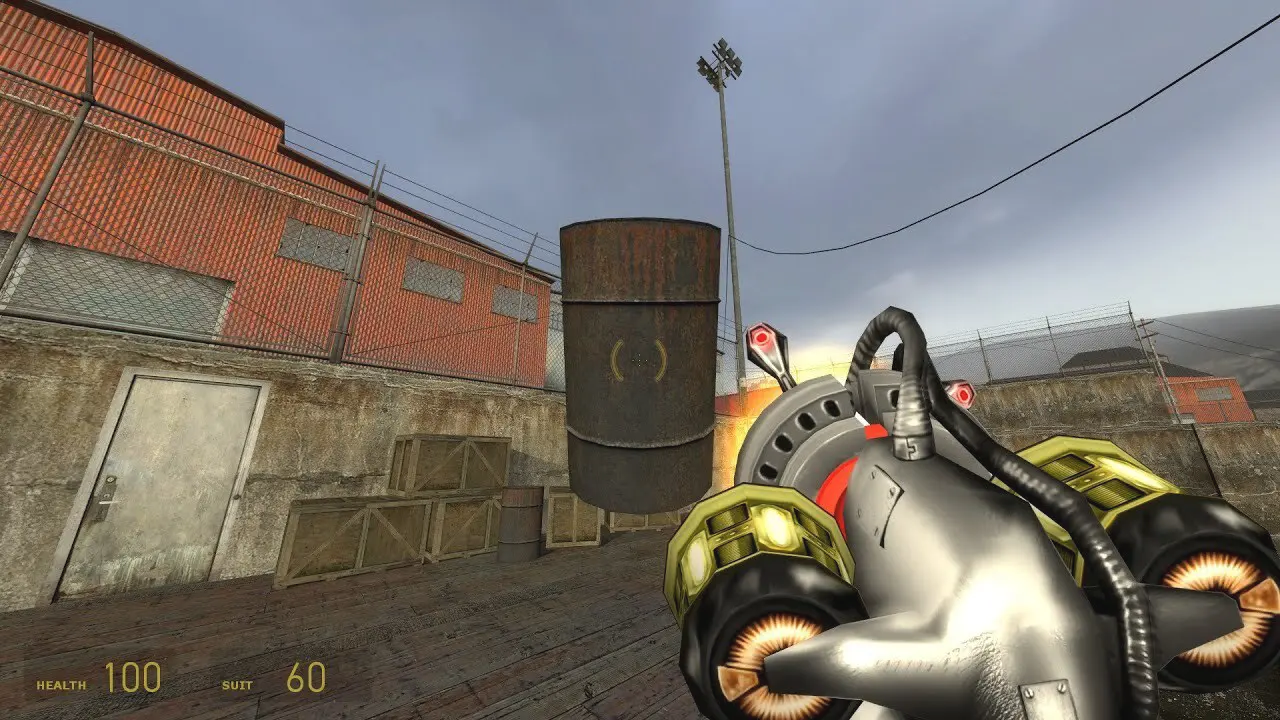
GET IN TOUCH
Check what other game developers say about working with RocketBrush Studio:
Let's explore level design, a crucial element of game development that transforms concepts into engaging experiences. It's about creating beautiful scenes and designing interactive experiences that keep players hooked. Video game level design bridges the gap between the player and the game's world, combining artistic vision with gameplay mechanics. It's where players feel the game's pulse, in the levels that challenge, surprise and entertain them.
As we explore this essential aspect of design, we'll uncover tools and creativity that go into building these digital playgrounds. From the basics of crafting engaging spaces to the nuances of player interaction, we'll delve into what makes level design such a fascinating and vital part of video game creation.
Diving into the core of level design, we find a blend of space, structure, pacing and player interaction. These are the building blocks of every memorable level in video games.




These elements are the foundation of game level design, and understanding them is crucial for creating memorable gaming experiences.
In the process of designing a game level, it is crucial to understand each stage of development. It’s a detailed and methodical process, integral to the overall strategy of game design. This process involves a series of crucial stages, each contributing to the final outcome:

Level design in video games relies on a suite of sophisticated tools and software. Each piece of software plays a unique role in bringing a game level from concept to reality.
Level design involves navigating through various challenges that test the skills and ingenuity of designers. Balancing gameplay is a crucial aspect, where the designer must create levels that are challenging yet accessible, catering to a diverse player base. Another significant challenge is integrating the level design with the game's narrative, ensuring that the environment complements the storyline.
Technical limitations, such as hardware and software constraints, pose additional hurdles. Designers must be resourceful, often finding innovative solutions within these limitations. Equally important is maintaining player engagement throughout the game. This involves varying level dynamics and introducing new elements to keep the gameplay experience fresh and engaging.
Consistency in design is also key. Designers strive to maintain a consistent style and theme across various levels while injecting variety to enhance the player's experience.
All of these challenges in video game level design require a blend of creativity, technical skill and a deep understanding of player psychology, all of which are crucial in creating immersive and engaging game levels.
Level design has evolved significantly, becoming a cornerstone of game design. It transcends mere aesthetics, shaping how players interact with and experience a game. The evolution of video game level design reflects the advancements in technology and player expectations, with designers now creating more immersive and interactive worlds. This evolution underscores the importance of level design in crafting memorable gaming experiences.